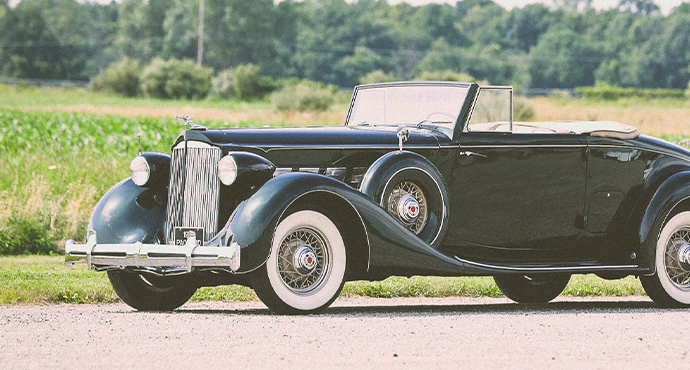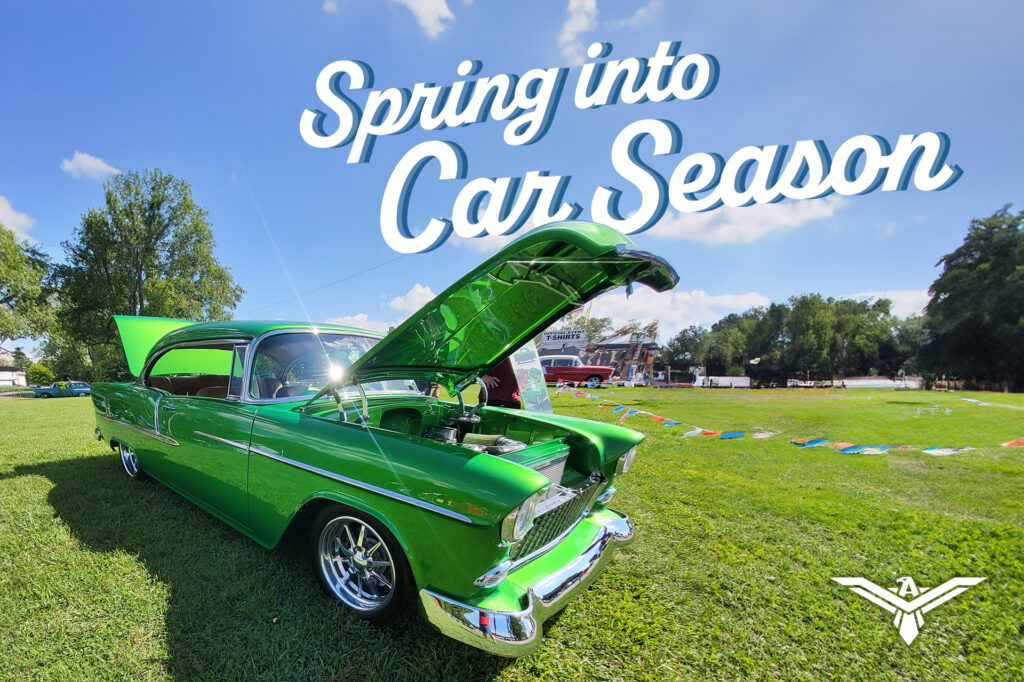There’s more than just age that separates a classic car from an antique. With all the terminology and jargon we’ve seen thrown around by experienced and beginner collectors alike, it’s important to know the key differences between each type of car.
We’ve been working with collector vehicles for over 40 years and have often heard from confused owners, which is why we had our experts put together a handful of the most important distinctions between vintages and classics, as well as classics and antique car classifications.
Key Differences Between Classic, Antique and Vintage Cars
Many people classify vintage, antique and classic cars as the same thing. However, there are a few unique things that classify a car as “antique”, “classic”, or “vintage.” It is important to have a comprehensive understanding of your vehicle’s status. The key differences between vintage, classic and antique cars include:
- Price
- Historic Status
- Age
Determining whether your car is classic, antique, or vintage can help you get a comprehensive insurance policy for your vehicle and understand your car’s value.
Age
The first key difference between the three types of collectors vehicles is their age. Classic, vintage and antique cars typically vary in age. Depending on your car’s classification, the age can interfere with the overall value and condition of your car. Older cars will need more work and care to remain in good condition.
Here is how you can tell if your car is antique, classic or vintage by the year it was manufactured:
- Vintage Car: Manufactured between 1919 and 1930. Either a “survivor” or restored in conformance to the original manufacturer specifications
- Antique Car: Manufactured 1975 or earlier (>45 years old). Either a “survivor” or restored in conformance to the original manufacturer specifications
- Classic Car: Manufactured 2000 or earlier (>20 years old)
Aside from age, you can also determine your car’s classification by looking at its historic status.
Historic Status
The Historic Status of your car can affect it’s classification as vintage, antique or classic. While the historic status of your car can vary by state, each state has certain guidelines that your car needs to follow to qualify for a historic status license plate.
US states have varied historical designations and license plates recognizing classic, historical, or antique vehicles. Vehicles that meet individual states’ criteria can apply for “Antique” or “Classic”, “Vintage”, “Historic Vehicle”, or “Horseless Carriage” license plates, or have these terms printed under or adjacent to their license plate numbers.
In addition, certain states may reduce vehicle registration fees for historic vehicles to recognize their limited driving use.
Though the eligibility requirements vary by state, there are common types of historic status license plates you can receive including but not limited to:
- Vintage Vehicle Plate
- Historic Vehicle Plate
- Custom Collector Vehicle Plate
- Classic Car Plate
- Street Rod Plate
- Antique Plate
Though there are still more historic status plates offered by some states, these are the most common amongst them.
Price
Price isn’t a criterion for determining a vintage vs. an antique car, but it can indicate how valuable and desirable a collector vehicle is. A collector car’s sale price is determined by the make and model’s rarity, desirability, its condition, quality of restoration, and mileage.
For example, a 1924 Chrysler Model B-70, which doesn’t get much time on the road these days, sold for $27,000 at auction while a mid-80s Honda CRX can go for as low as $4,500 according to Road and Track.
Because vehicle conditions, the market and restoration quality varies so widely, there is no one definitive authority on determining collector car values. You can utilize reputable online valuation resources to estimate the current value range for your vehicle.
Modified Car Classifications
Though many collector vehicles will fall under the traditional classifications of “Vintage”, “Classic” and “Antique”, there are two other classifications for modified collector’s vehicles. Modified classic and antique cars tend to be faster, well built and exciting. These classifications include:
- Street Rods: Manufactured before 1949. Modified from original manufacturer specifications for safe street use. Also sometimes referred to as a “Hot Rod”.
- Resto-Mods: Classic Cars upgraded from original manufacturer specifications to integrate modern safety, drivability, or performance features, while maintaining the original exterior appearance to a significant extent.
Street Rods and Resto-Mods are traditionally classified through their age and current modifications. This can affect the overall value of the car, as well as your insurance coverage.
Types of Vintage, Classic and Antique Cars
Classic, antique, and vintage car insurance benefit from Agreed Value policies, which allows you to determine what value you want on your vehicle, and ensures that you will receive the full insured value of the vehicle (less any applicable deductible) in the event of a covered total loss.
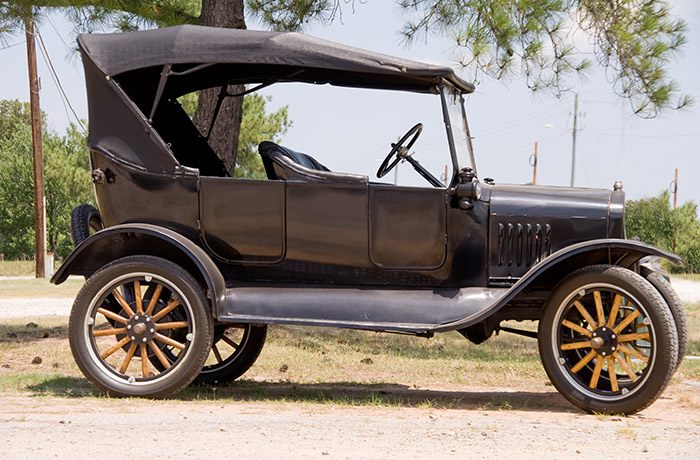
Vintage Cars
Vintage cars, manufactured between 1918 and 1930, will not be seeing much time on the road. You also won’t be able to buy one at a traditional car dealer. Vintage vehicles are exceedingly hard to find and can be quite pricey. However, they make great car show vehicles and restoration projects. Some of the more popular vintage collectors vehicles include:
- 1919 Ford Model T Sedan
- 1921 Hudson Super Six Phaeton
- 1925 Flint Model E-55
- 1924 Aston Martin Grand Prix
- 1930 Cadillac V-16
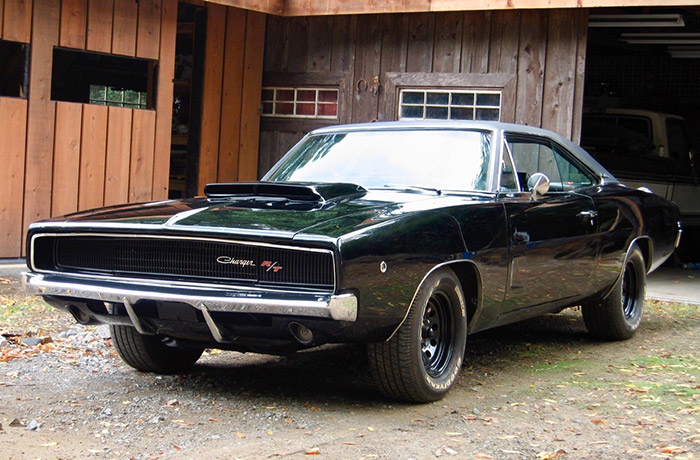
Antique Cars
Antique cars, which are classified as being 45+ years old, also are not commonly used for pleasure drives. Most people use antique cars for car shows or restoration projects. While they certainly have the ability to drive on the road, most people tend to use them as a “project car.” Antique cars also include some of the first manufactured muscle cars, like the Dodge Charger and the Chevrolet Camaro. Some of the more popular antique vehicle models include:
- 1956 Porsche Speedster
- 1957 Chevrolet Corvette
- 1957 Chevrolet Bel Air Convertible
- 1932 Ford Roadster
- 1968-1968 Dodge Charger
- 1954 Rolls Royce Phantom
- 1938 Volkswagen Beetle
- 1951 Oldsmobile Super 88
- 1964 Chevy El Camino Coupe
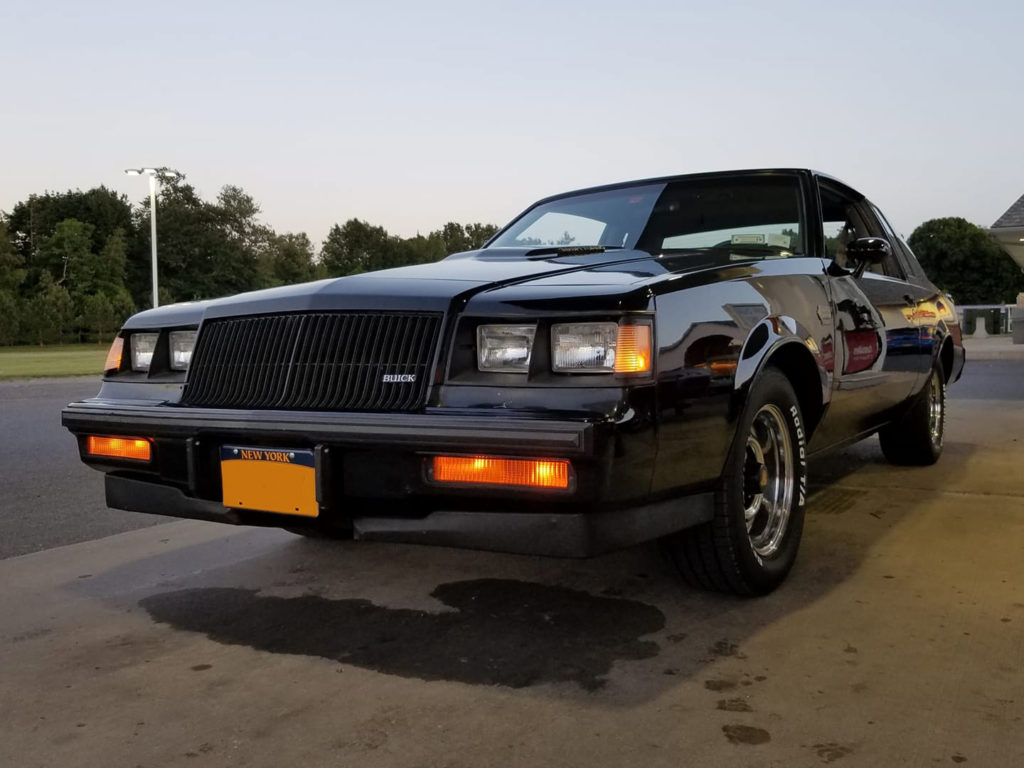
Classic Cars
Classic cars, which are 20+ years old, are used for just about anything – from pleasure driving, restoration projects and car shows. This classification encompasses a lot of muscle cars and sports cars. Commonly, they have a 6-7 speed manual transmission and can drive faster than antique and vintage vehicles. Some classic car models include:
- 1978 Chevrolet Camaro Z28
- 1963 Mercedes-Benz 300SL Gullwing
- 1972 Ford Mustang Mach 1
- 1979 Ford Bronco
- 1979 Pontiac Firebird Trans Am
- 1986 Chevrolet Monte Carlo SS
- 1987 Buick Grand National GNX
Frequently Asked Questions
Does my classic car need specialty insurance?
Your classic car does need to be insured under a standard auto insurance policy. Ideally, you should insure your car under a collector car insurance policy. A collector car policy may help you save up to 40% on your monthly rates versus a standard auto policy.
Are vintage cars more expensive than classic cars?
While vintage cars can be quite pricey, you can sometimes find them at a cheaper price than a classic. This is heavily dependent on the make and model of the car as well as the quality. You may be able to get a vintage car for a great deal if you plan on restoring it yourself.
How much is my antique car worth?
Again, the value of your car is dependent on the individual make, model and restoration quality. A fully restored antique vehicle can be worth quite a lot of money. However, an antique car that still needs to be restored can be much less valued. Collector car values can be researched at ClassicCarValue.com.
